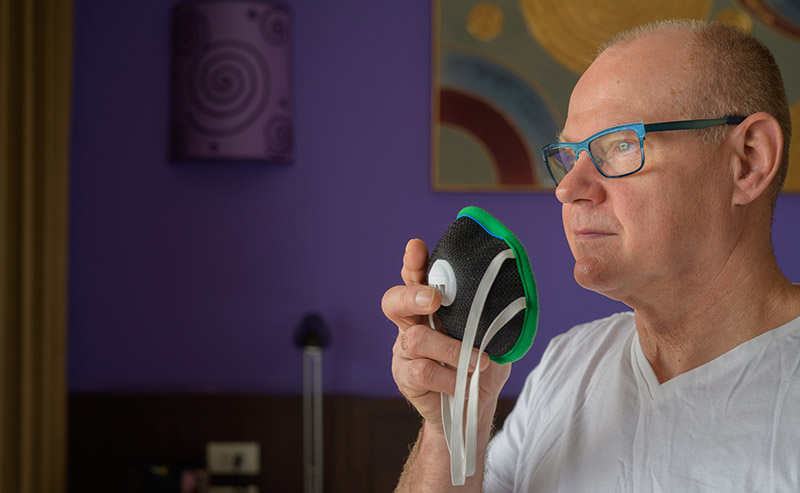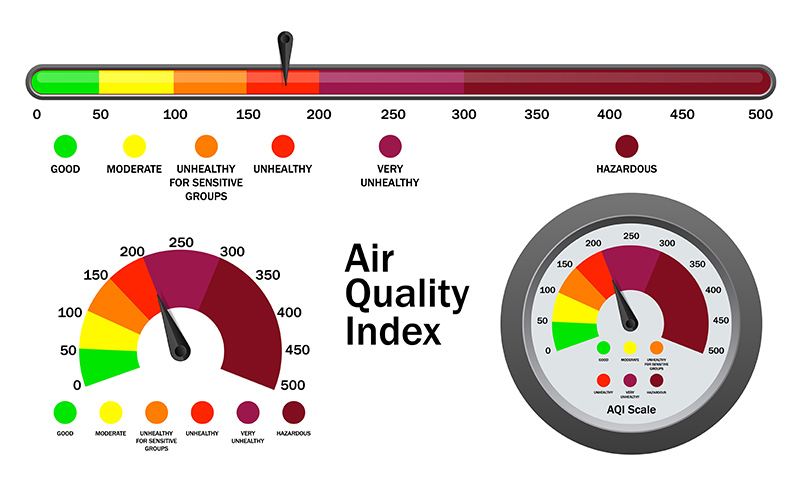
With more than half of Washington state already experiencing abnormally dry or moderate drought conditions, the likelihood of wildfires and the resulting widespread smoke is something we should all be prepared to reduce our exposure to this summer.
Why is wildfire smoke
so unhealthy?
Smoke is made up of a complex mixture of gases and fine particles produced when
wood and other organic materials burn. The biggest health threat from smoke is
from fine particles. These microscopic particles can get into your eyes and
respiratory system, where they can cause health problems such as burning eyes,
runny nose, and illnesses such as bronchitis. Even though healthy people are
not usually at major risk from short-term exposures to smoke, it’s still a good
idea to avoid breathing smoke if you can help it.
For those with chronic heart and lung diseases, exposure to fine particles in the air can cause increased chest pain and asthma symptoms, and is even linked to premature deaths in people with those conditions.
Note that if you’re caring for children, they may also be more seriously affected by smoke in the air. With their developing airways, they breathe more air per pound of body weight than adults and often spend more time outdoors actively playing.
If you have heart or lung disease, if you are an older adult, or if you have children, talk with your doctor about whether and when you should leave the area. Make sure you follow your doctor’s directions about taking your medicines and following your asthma management plan. When smoke is heavy for a prolonged period of time, fine particles can build up indoors, even though you may not be able to see them. Call your doctor if your symptoms worsen.
What actions can you take to decrease your risk from wildfire smoke?
Check local air quality reports. Listen and watch for news or health warnings about smoke. Check the local air quality report on AirNow.gov. Pay attention to public health messages about safety measures.
Keep indoor air as
clean as possible.
If you are advised to stay indoors because of smoke, keep indoor air as clean
as possible through these steps:
- Keep windows and doors closed.
- Run an air conditioner, but keep the fresh-air intake closed and the filter clean to prevent outdoor smoke from getting inside.
- If you have a portable air conditioner with a single hose, typically vented out of a window, do not use it in smoky conditions.
- If you have a portable air conditioner with two hoses, make sure that the seal between the window vent kit and the window is as tight as possible.
- If you do not have an air conditioner and it is too warm to stay inside with the windows closed, seek shelter in a designated evacuation center or away from the affected area.
- Try to avoid using anything that burns, such as wood fireplaces, gas logs, gas stoves, and even candles.
- Avoid frying and broiling food.
- Avoid using aerosol products.
- Don’t vacuum—that stirs up particles already inside your home.
- Don’t smoke—that puts even more pollution in your lungs and in the lungs of people around you.
- Learn more about reducing your smoke exposure indoors, including avoiding strenuous activity during smoky times and keeping N95 respirators on hand to protect your lungs from smoke or ash. Note that wearing a respirator can make it harder to breathe: If you have heart or lung problems, ask your doctor before using a respirator.
Get tips for improving indoor air quality year-round, including how to reduce exposure to pet dander, pollen, mold and more.
Information courtesy of the Environmental Protection Agency, Centers for Disease Control and AirNow


